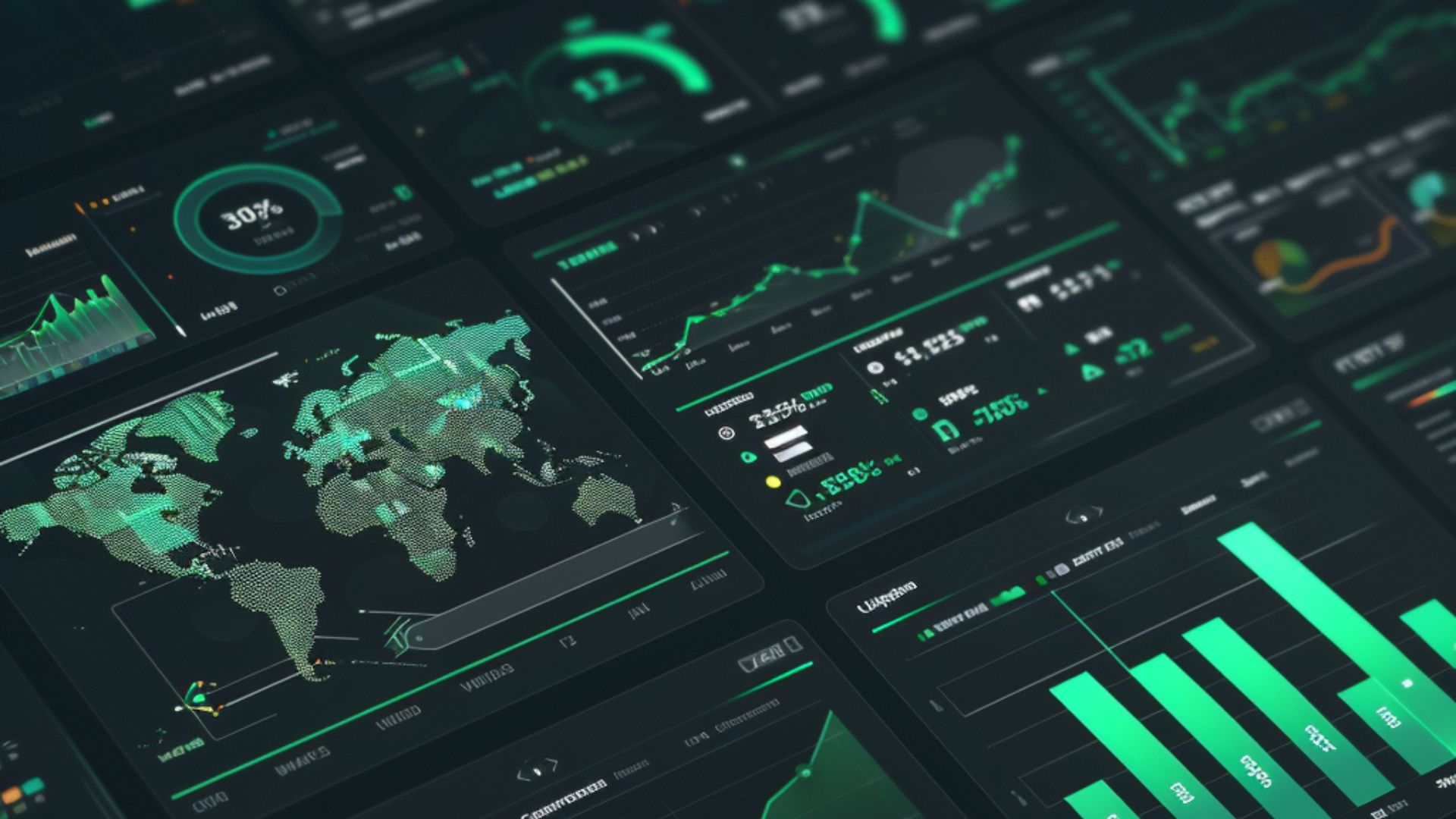In the quest for sustainability, accurately measuring and managing carbon footprints has become a critical task for organizations worldwide. The advent of artificial intelligence (AI) has revolutionized this process, offering new avenues for data collection and analysis in carbon management. This article explores the transformative role of AI in enhancing the accuracy, efficiency, and scalability of data collection for carbon footprint verification.
The Role of Data Collection in Carbon Management
Understanding Carbon Footprints
A carbon footprint represents the total greenhouse gas (GHG) emissions associated with an entity’s activities, products, or services. Accurate data collection is foundational to calculating these emissions, setting reduction targets, and monitoring progress.
Challenges in Traditional Data Collection
Traditional methods of data collection for carbon management often involve manual processes, which can be time-consuming, prone to errors, and limited in scope. As organizations strive to achieve carbon neutrality, the need for more sophisticated data collection methods becomes apparent.
The Advent of AI in Carbon Management
AI-Driven Data Collection
AI technologies, such as machine learning and IoT sensors, are revolutionizing how data is collected for carbon management. These tools can automate data gathering, process large volumes of information, and identify patterns that humans might overlook.
Enhanced Accuracy and Efficiency
AI algorithms can analyze diverse data sources, including satellite imagery, sensor data, and financial records, to provide a comprehensive view of an organization’s carbon footprint. This not only reduces the likelihood of errors but also significantly speeds up the data collection process.
Case Studies: AI in Action
Smart Grids and Energy Consumption
AI-powered smart grids can monitor and optimize energy consumption in real-time, providing valuable data for carbon management. By analyzing usage patterns, these systems can help reduce energy waste and GHG emissions.
IoT Sensors in Agriculture
In the agricultural sector, IoT sensors equipped with AI can monitor soil health, water usage, and crop growth. This data is crucial for calculating the carbon footprint of agricultural practices and developing sustainable farming strategies.
Overcoming Challenges and Limitations
Data Privacy and Security
As AI systems handle vast amounts of sensitive data, ensuring privacy and security is paramount. Organizations must implement robust cybersecurity measures to protect data integrity.
Integrating AI with Existing Systems
Integrating AI technologies into existing carbon management frameworks can be challenging. Organizations need to invest in training and infrastructure to fully leverage AI’s potential.
The Future of AI in Carbon Management
Predictive Analytics for Carbon Reduction
AI can not only assist in data collection but also in predicting future emission trends. This enables organizations to proactively adjust their strategies for greater carbon reduction.
Scalability and Global Impact
As AI technologies become more accessible, their application in carbon management can scale up, allowing even small businesses to participate in global sustainability efforts.
Conclusion
The integration of AI in carbon management is redefining the landscape of data collection, offering unprecedented accuracy and efficiency. As organizations navigate the complexities of carbon footprint verification, embracing AI-driven solutions will be key to achieving sustainability goals. The journey toward a low-carbon future is paved with data, and AI is the torchbearer illuminating the path.




